Priority for short-term varieties
According to the Department of Agriculture and Environment of Gia Lai, in December 2025, there will likely be more moderate and heavy rains in the eastern region of Gia Lai. From December 2025 to February 2026, the total rainfall will be approximately equal to and higher than the average of many years.
To ensure the success of the 2025-2026 winter-spring crop, the Gia Lai Department of Agriculture and Environment has issued a suitable planting schedule to avoid losing seeds at the beginning of the season due to late floods and to avoid unfavorable weather conditions during the rice flowering period.
Accordingly, the rice planting season for communes and wards in the east of Gia Lai province on fields producing 3 rice crops/year will be concentrated from November 25 to December 5; fields producing 2 rice crops/year will be concentrated from December 15 to December 25 so that the rice will ripen in early March 2026; low-lying fields will be sown as the water recedes, finishing sowing at the end of January 2026.
For the communes and wards in the west of Gia Lai, on fields with proactive irrigation, sowing will be concentrated from December 5 to December 31; depending on each ecological region and local production conditions, the sowing time will be arranged within 10-15 days; on fields without proactive irrigation, with the risk of water shortage at the end of the season, it is recommended to use short-term varieties, sow earlier than mass rice to take advantage of soil moisture, and finish sowing before December 10; on fields that are often affected by floods at the end of the year, sowing will be later and concentrated within the time frame from December 20, 2025 to January 10, 2026.
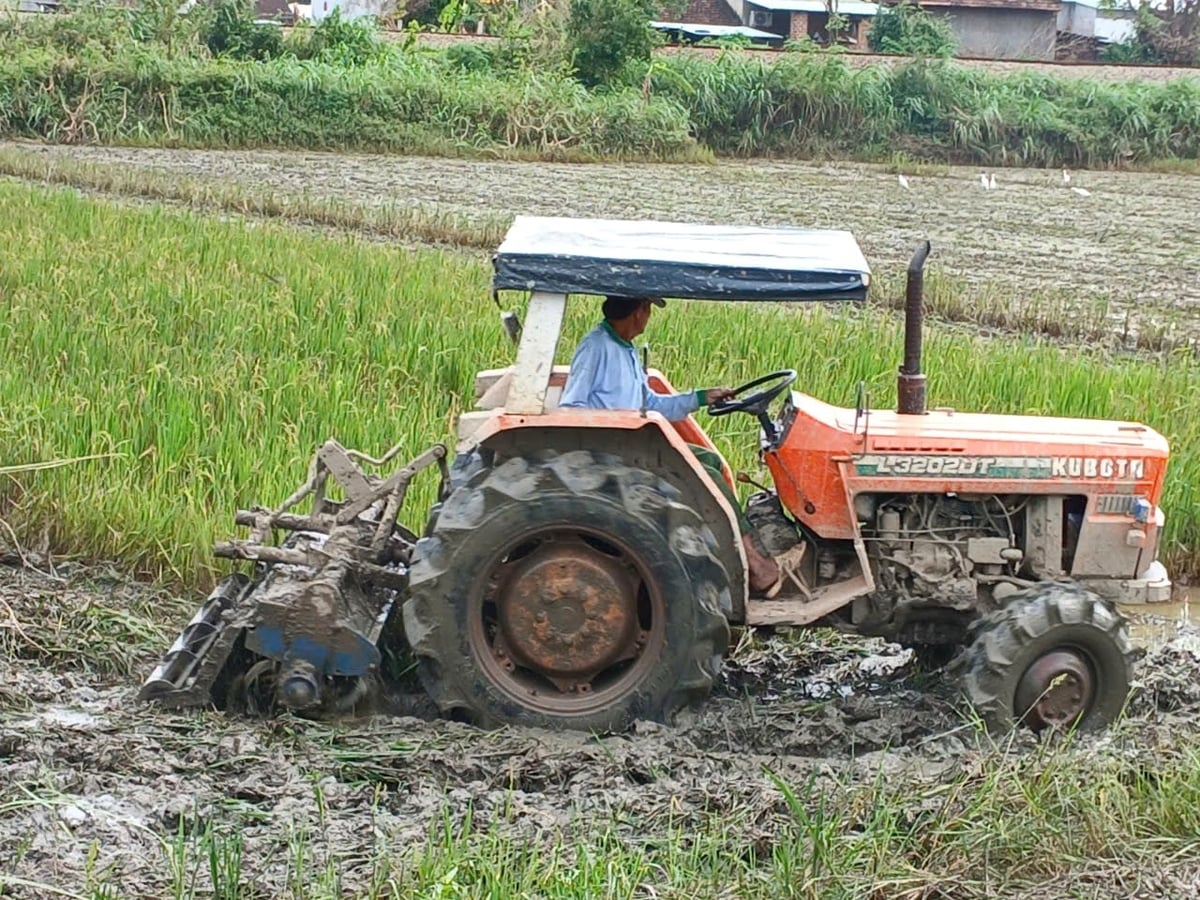
Farmers in eastern Gia Lai prepare the land for the 2025-2026 winter-spring crop. Photo: V.D.T.
“Based on the province's crop calendar framework, the Department of Agriculture and Environment of Gia Lai recommends that the People's Committees of communes and wards direct the development of specific crop calendars suitable to local production conditions; at the same time, regularly monitor forecasts and developments of rain and floods to proactively adjust appropriate planting times, limiting damage caused by rain and floods,” Ms. Nguyen Thi To Tran, Deputy Director of the Department of Agriculture and Environment of Gia Lai, recommended.
Regarding the rice variety structure, for the eastern localities of Gia Lai province, on fields producing 3 rice crops/year, use key varieties such as DV108, VNR20, Dai Thom 8, An Sinh 1399; on fields producing 2 rice crops/year, use varieties such as DV108, Khang Dan Mut Mut, VNR20, Dai Thom 8, DB6. In addition, there are additional varieties belonging to the short-term variety group (with a growing period of less than 105 days) such as PC6, MT10, SV181, QNg128, TBR36... the medium-term variety group (with a growing period of 105-110 days) such as Thien Uu 8, TBR1, Bac Thinh, VNR10, BDR27, BDR999, BDR57, TBR225, ML232, PY2, Ha Phat 3, Khang Dan 28, DT45, HD34, ML215 and the long-term rice variety group (with a growing period of over 110 days) such as BC15, DT100.
In addition, the Department of Agriculture and Environment of Gia Lai also recommends using quality varieties such as Huong Thom No. 1, Huong Chau 6, Huong Xuan, TBR97, VN121... and promising varieties such as DB18, TBT132, QC03, QB19, DH12, SMART 56, HG12, MT20, DT68, BDR79, PY10, VH11, Tien Nong 7, ADI28, ADI168; hybrid rice varieties TH3 - 3, Nhi Uu 838, HYT100.
In the western localities of Gia Lai province, the main varieties used are: TBR97, DT100, Dai Thom 8, Huong Thom So 1, Nhi Uu 838 and additional varieties such as: OM468, OM5451, HN6, TBR225, TBR87, VNR20, HG12, DT45, ST25, RVT, HYT100, Son Lam 1, An Sinh 1399, BDR57, BDR999, BDR79...
“Based on the province's rice variety structure, we recommend that the People's Committees of communes and wards in the west of the province identify key rice varieties and additional rice varieties suitable for local production conditions,” said Ms. Nguyen Thi To Tran, Deputy Director of the Department of Agriculture and Environment of Gia Lai.

Farmers in eastern Gia Lai spray herbicide on the banks in preparation for sowing. Photo: V.D.T.
Promote crop restructuring
For dryland crops, the Department of Agriculture and Environment of Gia Lai recommends that on high, well-drained fields, planting should start from November to the end of December 2025; on low fields, planting should start from January to early February 2026. As for vegetables, planting should be done in a spread-out season, the planting season can last from November 2025 to the end of February 2026 depending on the type of vegetables and soil conditions.
Regarding corn varieties, the competent authority recommends the following corn varieties: NK7328, SSC557, SSC586, PAC339, PAC999, PAC789, CP333, Bioseed 9698, CP888, LVN10, NK7328Bt/GT, NK67Bt/GT, NK4300Bt/GT; waxy corn varieties: HN68, HN 88, MX6. For peanut cultivation, use the following varieties: LDH09, LDH01, TB25, L14, HL25. Regarding cassava varieties, the competent authority recommends using less disease-prone varieties: KM94, KM419, KM140, HN5; In particular, limit the exchange and sale of seeds of unknown origin, and do not use cassava varieties heavily infected with mosaic disease such as HL-S11 and KM 98-5 for production.
Regarding sugarcane varieties, the authorities recommend using sugarcane varieties with medium and late ripening times such as: KK3, Uthong 11, LK92-1, K88-92, K95-84, Suphanburi 7...
For long-term industrial crops and fruit trees, Gia Lai province's functional sector recommends that localities control the area well according to the approved plan, avoiding rapid area development. For industrial crops, it is necessary to stabilize the area according to the approved plan, and promote coffee replanting according to the plan.
Based on the natural conditions of each region, localities need to choose appropriate planting and replanting seasons for each type of long-term industrial crop and fruit tree, ensuring good exploitation of irrigation water sources, taking advantage of rainfall, and suitable climate and soil conditions.
Based on land conditions and consumption orientation according to market demand, localities guide farmers to choose suitable varieties and guide intensive farming processes to increase productivity, improve product quality, and meet domestic consumption and export requirements.
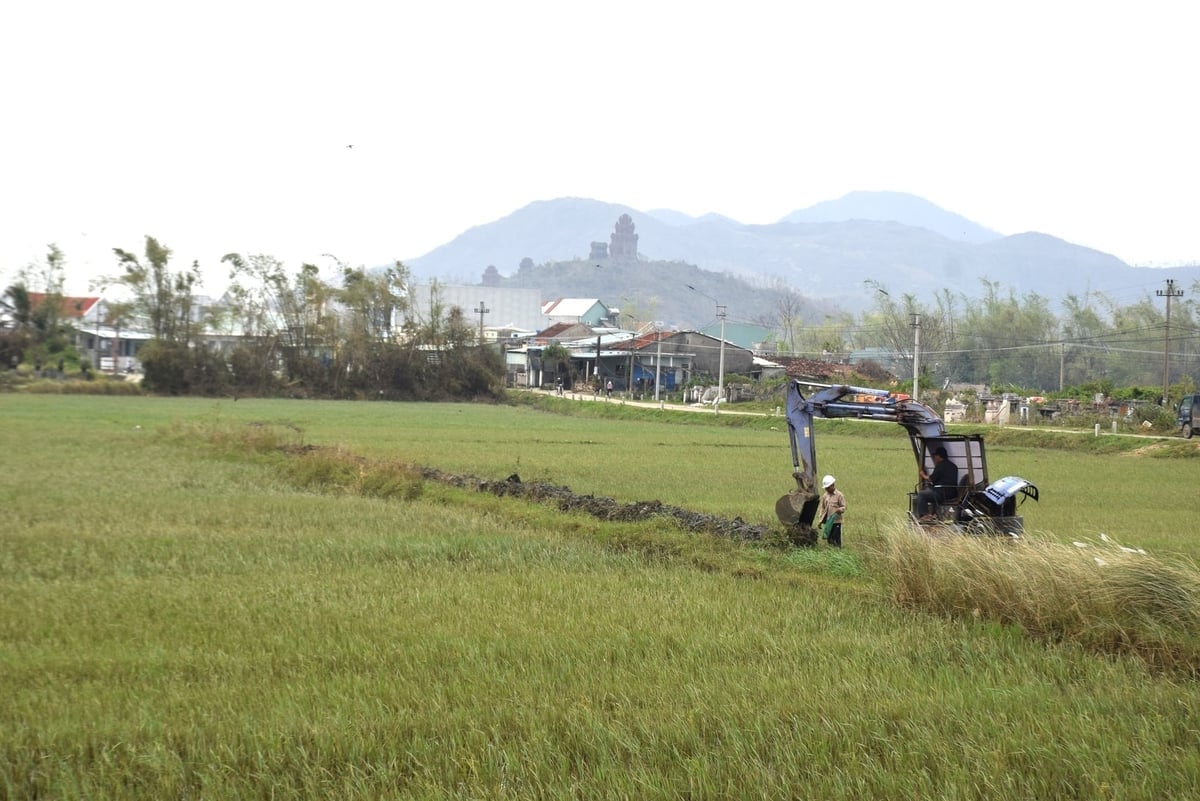
Localities dredge canals filled with silt after floods to prepare for the 2025-2026 winter-spring crop. Photo: V.D.T.
Strengthen inspection and supervision of the origin and quality of seeds, ensure the use of seeds with clear and recognized origins, suitable for the ecological conditions of each region. At the same time, well manage the trading and circulation of seeds to limit the situation of floating and poor quality seeds on the market.
The Department of Agriculture and Environment of Gia Lai province noted that localities need to review and develop plans for rice and vegetable cultivation in the 2025-2026 winter-spring crop in accordance with climate, weather, and water resources conditions. Direct close monitoring of the situation of floods, water resources, early, concentrated, and flexible sowing seasons; specific seed structure for each sub-region, prioritizing the use of short-term varieties; pay attention to preventing early-season floods from causing seed loss. At the same time, reduce production costs by reducing the amount of sown seeds, reducing chemical fertilizers and pesticides. The season and seed structure comply with the instructions of the provincial authorities.
In addition, promote the conversion of crop structure on rice-growing land that is often subject to drought and ineffective sugarcane, cassava, cashew... land to develop vegetable areas, beans of all kinds, fruit trees, medicinal plants and other crops of high economic value, adaptable to climate change, suitable to market demand on suitable land, linked with production and consumption to improve production efficiency.
“We recommend that localities need to promote production linkages along the chain; reorganize crop production towards concentrated and specialized commodity production, form and develop areas of standard commodity crop material, and produce under economic contracts linked to consumption and export markets,” said Ms. Nguyen Thi To Tran, Deputy Director of the Department of Agriculture and Environment of Gia Lai.
Source: https://nongnghiepmoitruong.vn/can-co-vao-vu-dong-xuan-voi-quyet-tam-gianh-thang-loi-d787009.html












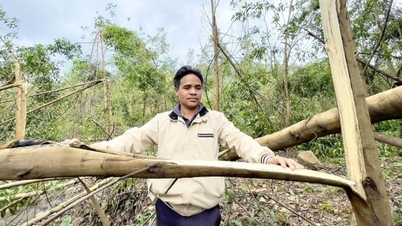


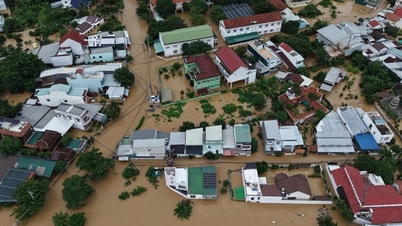





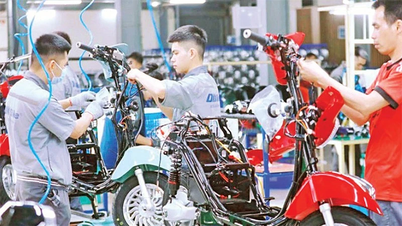
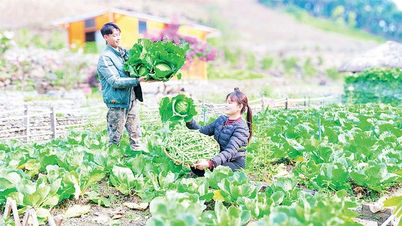
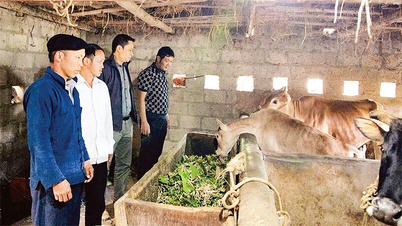
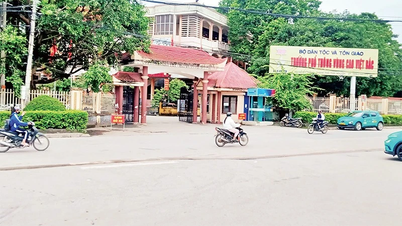






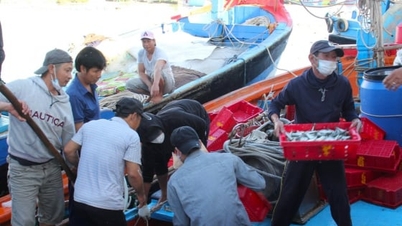

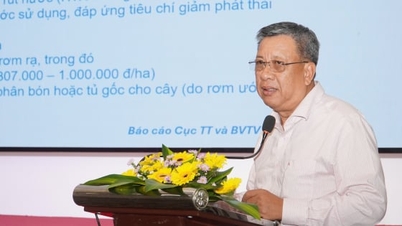
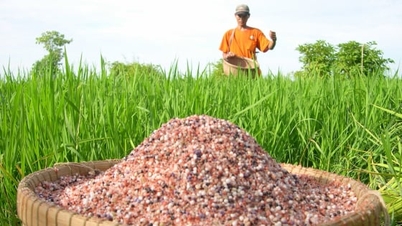
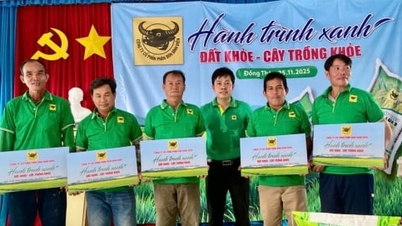














































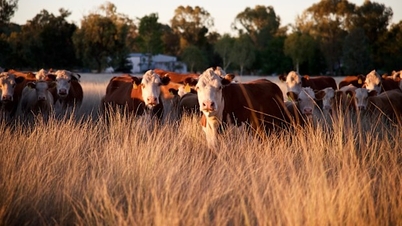






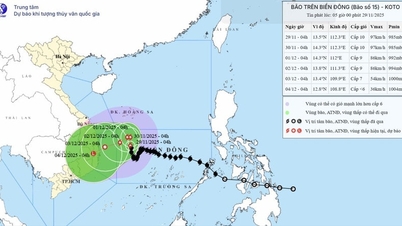





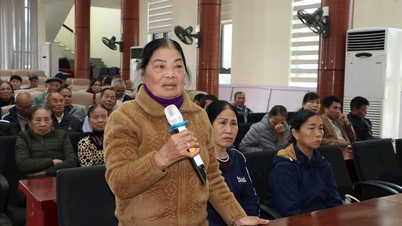

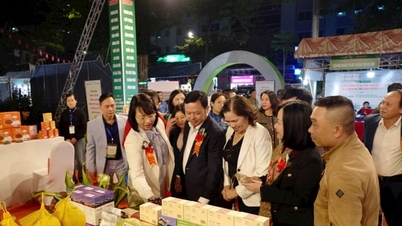
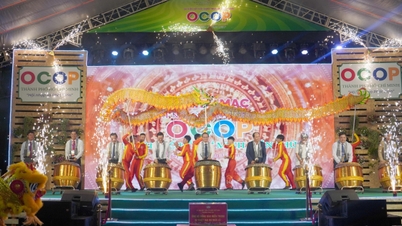










Comment (0)